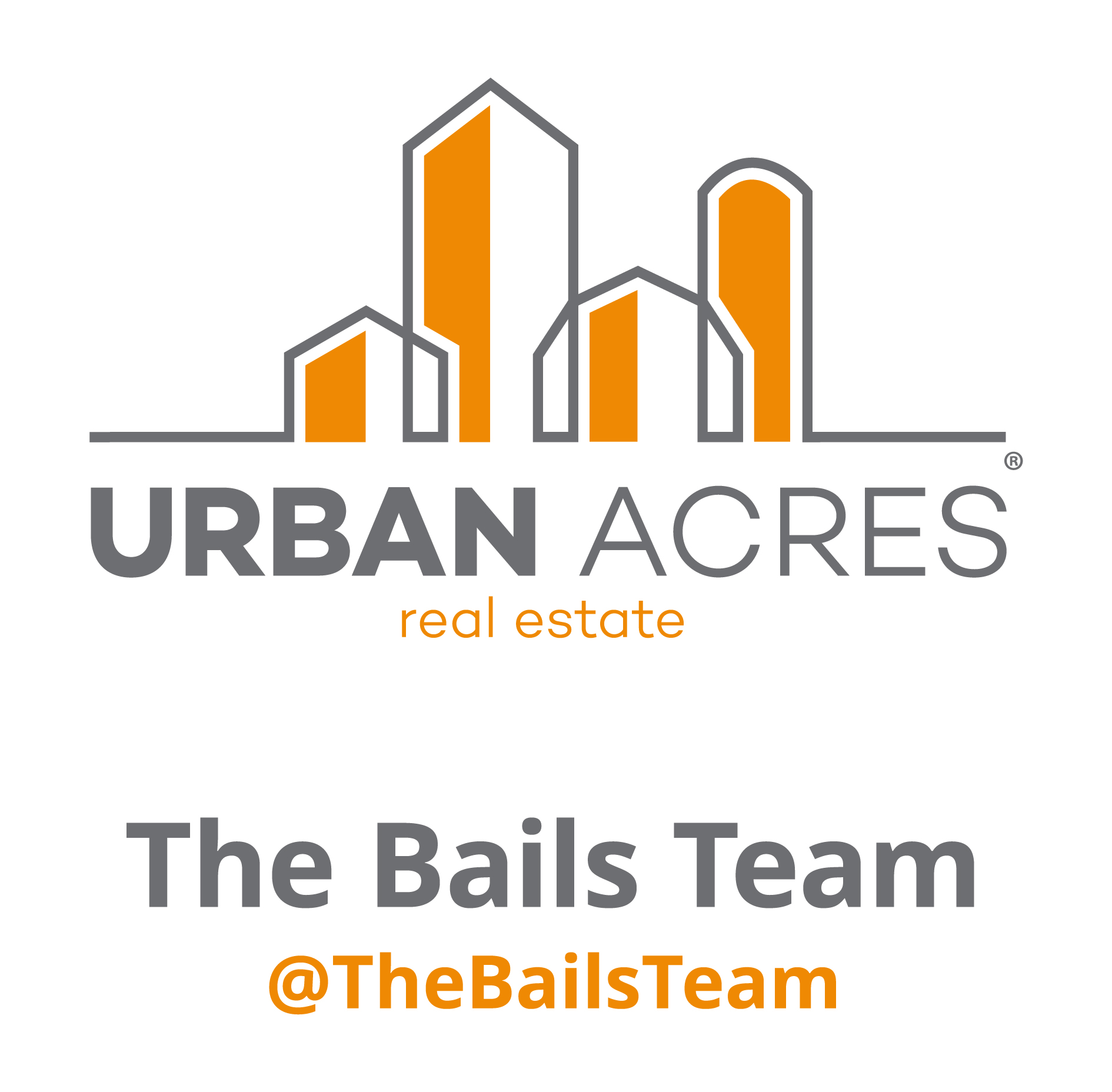Filed in Economics, Multifamily
It’s not just home buyers who are concerned about rising home prices. Affordability is also a big concern for a significant number of renters — many of whom have limited housing options despite earning decent incomes.
“Even for double-income households of people working full time and earning competitive wages — including teachers, social workers, child care specialists and so on — many are struggling to afford the median rental apartment in their particular city,” said Jamie Smarr of The NHP Foundation.

Using funds dedicated to workforce housing projects, investors and developers brought to life the Pines at Carolina Place in Pineville, N.C.
In fact, there is nowhere in the United States where a person working a full-time minimum wage job can afford to rent a market-rate two-bedroom apartment, according to the National Low Income Housing Coalition.
One solution is to increase the amount of what many refer to as “workforce housing” — rental housing that is affordable to households earning 80% or less of that area’s median income. The majority of such developments are garden-style rentals with slightly fewer amenities, but they provide a higher-quality home than the alternative.
“To live within their means, renters — especially those in high-cost markets — are often relegated to substandard housing that is poorly maintained and could potentially cause various health issues,” Smarr said. “And for those who allocate too much of their income toward housing expenses, they’re deprived of the opportunity to invest in other things such as education, retirement or a downpayment on a home.”
Smarr acknowledges that developing solutions is not easy. But to illustrate how some cities across the country are taking action, he said several have developed local housing trust funds to provide financing for building or renovating housing that will be more affordable to workers earning lower wages.
He’s also seen a number of socially conscious investors committed to raising housing equity and acquisition funds, such as the Low Income Investment Fund (LIIF), specifically dedicated to investing in workforce housing opportunities.
One such development is a 200-unit rental property in suburban Charlotte, N.C. The Pines at Carolina Place was financed with a Fannie Mae loan and LIIF workforce equity fund, and now provides affordable homes to a large community of residents, many of whom work at local hospitals, malls and call centers.
“Most of the builders I’ve worked with over the years are driven to provide housing opportunities that support strong families and economic growth,” Smarr said. “But many of the mayors, council people and state legislators we speak to have very little awareness of the lack of workforce housing around the country.
“I always encourage builders to mention the struggles of workforce housing and the need for more state and local support, because this is an issue that isn’t going to be solved at the federal government level.”
Specific details on the state of the rental market at the national, state and district level can be easily accessed via the NAHB Housing Portal. Additional information about affordability is also available within NAHB’s Housing Opportunity Index.


